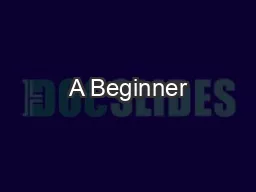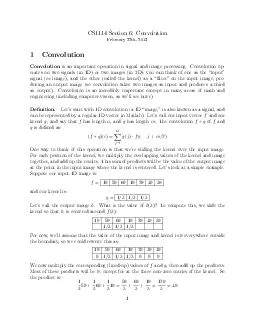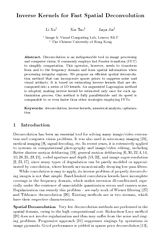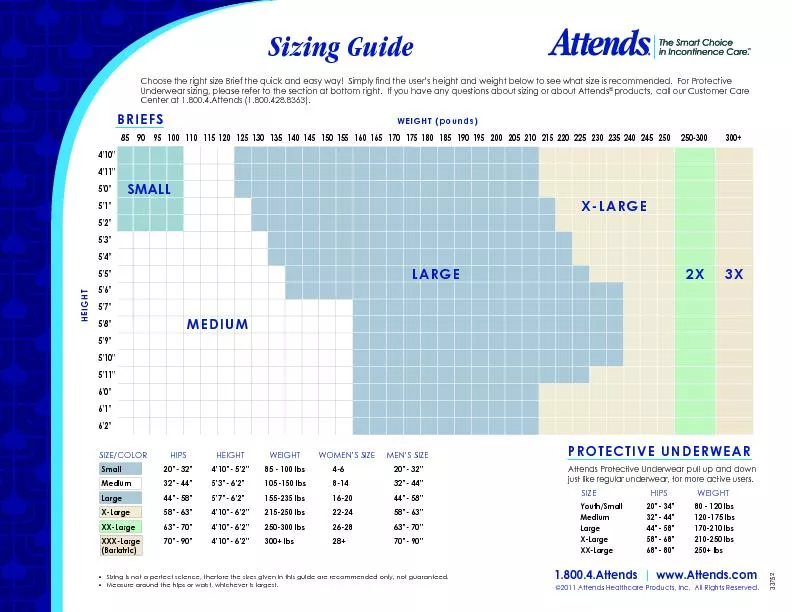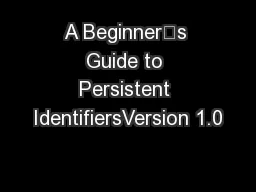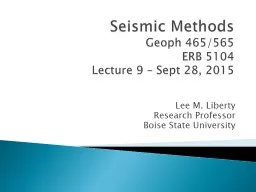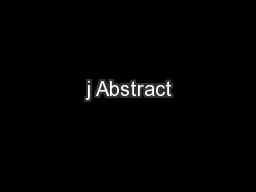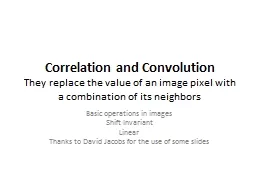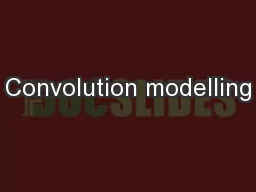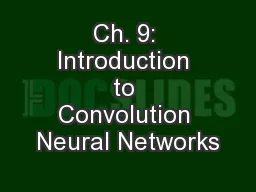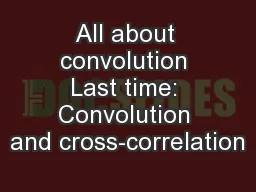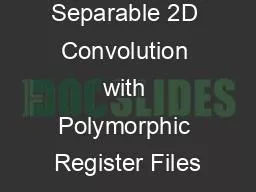PDF-A Beginner’s Guide to Convolution and Deconvolution
Author : lois-ondreau | Published Date : 2016-05-26
David A Humphreys National Physical Laboratory davidhumphreysnplcouk Signal Processing Seminar 21 June 2006 Overview 149Introduction 149Prerequisites 149Convolution
Presentation Embed Code
Download Presentation
Download Presentation The PPT/PDF document "A Beginner’s Guide to Convolution a..." is the property of its rightful owner. Permission is granted to download and print the materials on this website for personal, non-commercial use only, and to display it on your personal computer provided you do not modify the materials and that you retain all copyright notices contained in the materials. By downloading content from our website, you accept the terms of this agreement.
A Beginner’s Guide to Convolution and Deconvolution: Transcript
Download Rules Of Document
"A Beginner’s Guide to Convolution and Deconvolution"The content belongs to its owner. You may download and print it for personal use, without modification, and keep all copyright notices. By downloading, you agree to these terms.
Related Documents

